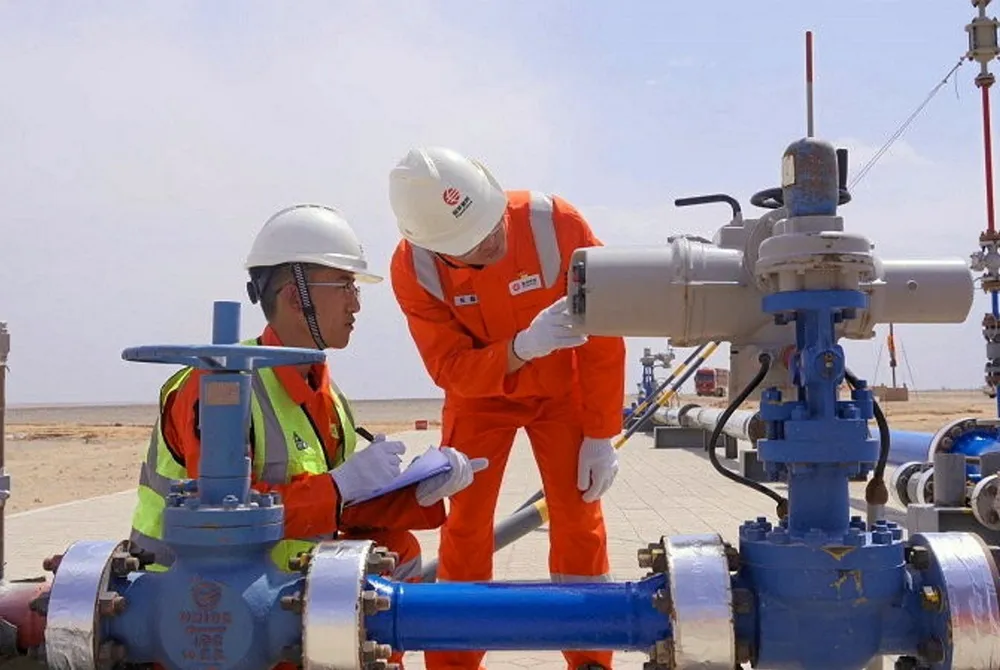China ramps up hydrogen pipeline pressure by over 50% in first fracture tests
State-owned PipeChina kept multi-segment test pipe pressurised at 63 bar for thirty days

State-owned PipeChina kept multi-segment test pipe pressurised at 63 bar for thirty days
